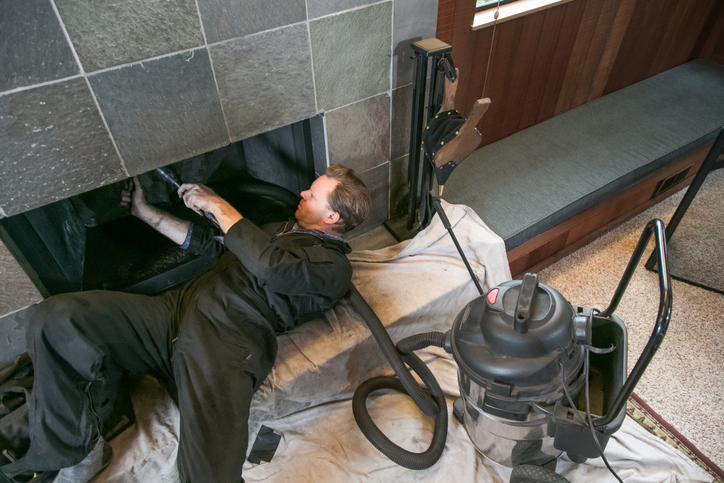When was the last time that homeowner changed the smoke detector battery?
When moving into a new home, recent homebuyers are more likely to be thinking about new paint in the bedrooms or updating bathroom fixtures.
Probably not at the forefront of their mind is how up-to-date safety features are for home emergencies. According to a recent porch.com story, nearly 26 percent of millennials, 14.7 percent of Generation X and 7.1 percent of baby boomers have never changed their smoke detector battery. And nearly one-third of residents don’t have a fire extinguisher, and of those who do, 7.5 percent do not know where it is. According to the report, in 2016, there were roughly 352,000 home fires across America resulting in over $5.7 billion in damages and more than 2,700 lives lost.
If a fire does occur, and a homeowner has an extinguisher, can they use it? Baby boomers are the generation most likely to be confident in their abilities, with 58.9 percent reporting they could operate it, compared to 49.4 percent of Generation X and 32 percent of millennials. Overall, less than half of people can operate a fire extinguisher.
In families, more than one-quarter of parents reported they never discuss possible emergencies with their children. Nearly two-thirds have had a conversation about a house fire, 51.4 percent have talked to their kids about a power outage and 41.5 percent have discussed a national disaster. Less than half (46.6 percent) have an evacuation plan.
Thankfully, there are a few fire hazard preventions that most people know to do. The majority of people report that they clean their dryer vent, always (56.6 percent of men and 71.5 percent of women). The dryer vent is responsible for more than one-third of dryer fires. Only 2.2 percent of men and less than 1 percent of women report never cleaning their dryer vent.
How can homeowners protect themselves? An emergency kit is a great way to prepare. According to the Red Cross, most emergency kits should have, at minimum, water, food, flashlight, a battery-powered or hand-crank radio, batteries, first aid kit, medications, multi-purpose tool, sanitation and personal hygiene items, copies of personal documents, cell phone chargers, emergency and family contact information, cash, an emergency blanket and a map. And don’t forget pets. Seventy-two percent of households with pets don’t have emergency supplies for them, like food, water and medication.
Topics
Share this post
Member Discussion
Recent Articles
-
Winter Maintenance: Chimney and Heating Tips
- October 23, 2024
- 3 min. read
Experts share their insights and advice for the maintenance of chimneys and HVAC systems.
-
Pennsylvania Median Home Sales Price Dips Slightly, More Listings Hit the Market
- October 22, 2024
- 2 min. read
The Pennsylvania Association of Realtors®’ September housing market report shows home prices have come down a bit, but the good news is there are more homes on the market.
-
Generation E(xpat)? More Gen Z, Millennials Moving Abroad
- October 21, 2024
- 1 min. read
A recent survey showed 87% of Gen Z and millennial workers were planning on becoming digital nomads – people who work remotely while traveling.
Daily Emails
You’ll be the first to know about real estate trends and various legal happenings. Stay up-to-date by subscribing to JustListed.



